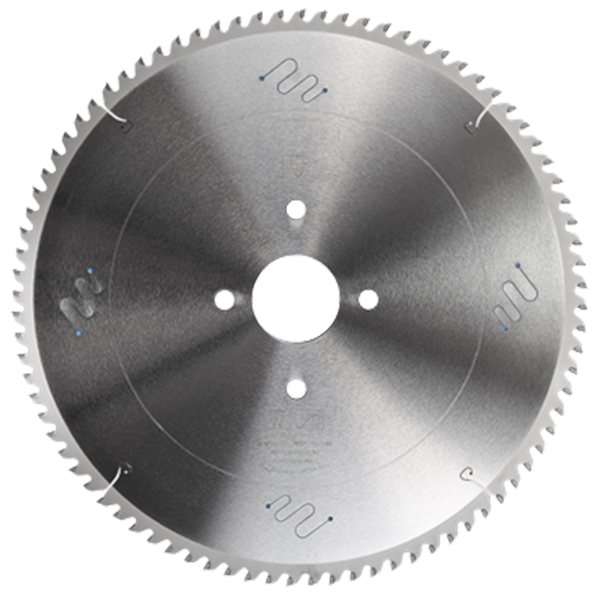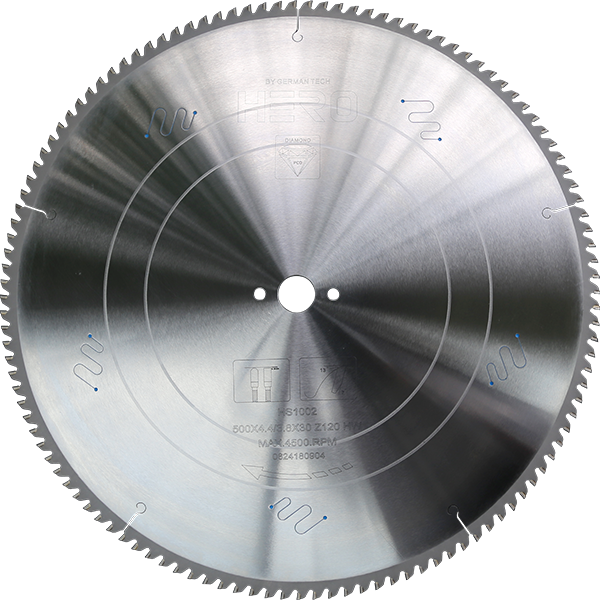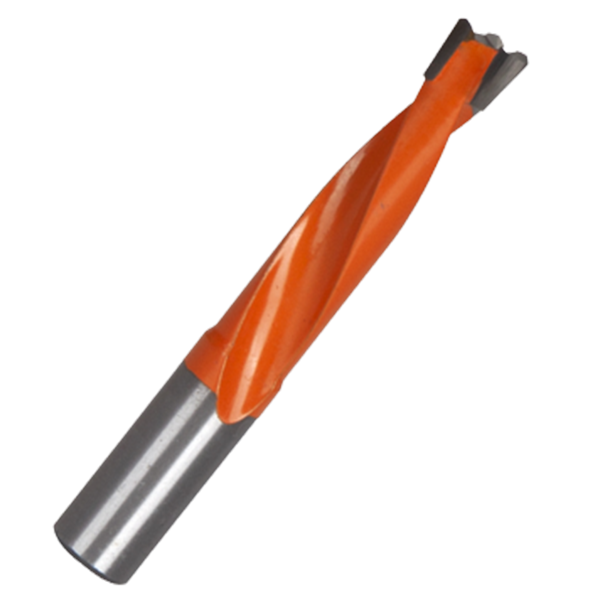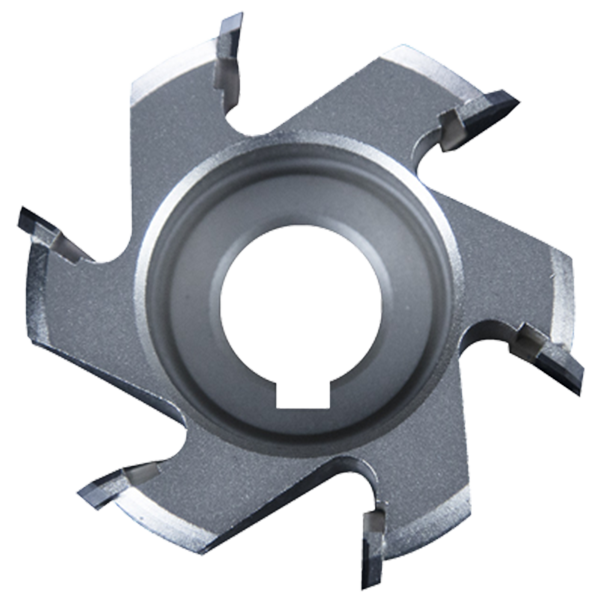Drilling is a vital machining process for many industries.
Whether you are a DIY enthusiast or a professional. All must choose the correct and suitable drill bit.
There are a variety of types and materials you can choose from, but it’s also crucial to consider the specifics of your drilling application.
Using the correct drill tool will help bring out the best results.
And below, we focus on woodworking drill bits. We will introduce you to some common woodworking drill bit classifications and knowledge.
Table of Contents
-
Drill Bit Introduction
-
1.1 Materials
-
1.2 Drill Bit Usage Range
-
Types of Drill Bits
-
2.1 Brad Point Bit(Dowel Drill bit)
-
2.2 Through Hole Drill Bit
-
2.3 Forstner Bit
-
Conclusion
Drill Dit Introduction
Drill bits are cutting tools used in a drill to remove material to create holes, almost always of circular cross-section. Drill bits come in many sizes and shapes and can create different kinds of holes in many different materials. In order to create drill holes bits are usually attached to a drill, which powers them to cut through the workpiece, typically by rotation. The drill will grasp the upper end of a bit called the shank in the chuck.
A woodworking drill bit is a tool specially used for drilling holes. It is usually made of cobalt alloy, carbide and other materials. It needs to be driven by an electric drill or hand drill when using it. The cutting angle of a woodworking drill bit is related to the material of the drill bit. It is generally suitable for drilling in softwood, hardwood, artificial board, MDF and other materials.
They come in different types and sizes, but all contain a sharp edge that cuts away material as the drill bit rotates.
1.1 Materials
The suitable wood drill material and coating must be taken into account. Typically, there are two choices.
Steel, HSS, titanium-coated, black oxide-coated, and steel drill bits are all suitable for drilling wood. For metals, those other pieces work best.
-
Carbon-Drill bits can be made from both high- and low-carbon steels. Use low carbon drill bits exclusively on soft wood if you must. Although they are quite reasonably priced, it would be nice if you sharpened them frequently as well. On the other hand, high-carbon drill bits can be used on hardwood and don’t require as much sanding. They are therefore a superior option for difficult tasks.
-
HSS is the abbreviation of high speed steel. It is the highest quality drill bit material
because it can handle high temperatures while maintaining hardness and structure.
As for paint, there are several options to choose from:
-
Titanium- This is the most common coating choice. It is corrosion resistant and fairly
lightweight. On top of that, it’s relatively durable and can withstand high temperatures.Cobalt- Professionals mainly use these coatings for metals. Therefore, if you are planning only woodworking projects, there may be no need to invest in it. -
Zirconium- It has a mixture of zirconium nitride for extra durability. Additionally, it
promotes accuracy as it reduces friction.
1.2 Use Range of Woodworking Drill Bits
we need to confirm the type of material our drill bit needs to process. For example, solid wood and softwood can use different types of drill bits.
Here are some common drill bit usage ranges
-
Drilling hard wood: Hard wood is usually difficult to drill, so we need to use a woodworking drill bit made of carbide. Carbide drill bits are wear-resistant and hard enough to cut through hard wood with ease. -
Drilling soft wood: Compared with hard wood, soft wood requires a drill bit made of HSS material. Since soft wood is easy to drill, the cutting angle and edge design of the HSS drill bit are suitable for drilling. -
Drilling composite materials: Composite materials are usually made of various materials. Using ordinary drill bits will easily damage the surface. At this time, you need to use a professional composite material drill bit made of tungsten steel alloy. Its hardness and cutting angle are suitable. Yu Zuan composite materials. -
Drilling metal: If you need to drill holes in wood and the metal is underneath, then we need to use a drill bit made of cobalt alloy. The cutting angle and hardness of cobalt alloy drill bits are suitable for drilling holes in wood and drilling through metal. -
Drilling glass: Glass is a very fragile material. If you need to drill holes in wood while avoiding the glass below, you need to use a drill bit made of tungsten steel. The cutting angle and hardness of the tungsten steel drill bit are suitable for drilling on the glass surface. hole.
Types of Drill Bits
For drill bits only. Processing different materials has different corresponding relationships.
This article introduces the types of drill bits for wood materials. If you want to know about the right drill bits for machining other materials, please pay attention to the following updates.
-
Brad point bit(Dowel Drill bit) -
Through Hole Drill Bit -
Forstner bit
Brad Point Bit
A blind hole drill bit refers to a boring tool used to create a hole that is reamed, drilled, or milled to a specified depth without breaking through to the other side of the object in question. This can be easily achieved by using a bench drill fitted with a depth gauge set to the required length of penetration, or if using a hand held power drill, fix a depth collar to the bit to achieve the desired depth.
A through hole is a hole that goes through the entire workpiece. In contrast to the blind hole, a hole does not pass through the entire workpiece. The blind hole always has only a certain depth.
Depending on which core hole you choose, you will need different taps. Since the chip removal must be either above or below the hole to be able to cut the thread cleanly.
What is the Callout Symbol for a Blind Hole?
There isn’t a callout symbol for blind holes. A blind hole is specified with a diameter and a depth specification or the remaining amount of the workpiece.
How Are Blind Holes Used in Engineering?
Blind holes are used in engineering to measure residual stresses. CNC milling machines are used to make blind holes by running a thread milling cycle. There are three methods of threading blind holes: conventional tapping, single-point threading, and helical interpolation.
Through Hole Drill Bit
What is a Through Hole?
A through hole is a hole made to go completely through the material. A through hole goes all the way through the workpiece. It is sometimes called a thru-hole.
What is the Callout Symbol for a Through Hole?
The callout symbol used for a through hole is the diameter ‘Ø’ symbol. Through holes are shown on engineering drawings by stating the hole’s diameter and depth. For example, a 10-diameter hole that goes straight through the component would be represented as “Ø10 Through.”
How Are Through Holes Used in Engineering?
Through holes are used for a variety of purposes in engineering. For example, through holes are often used for electronic components, such as holes drilled in printed circuit boards (PCBs).
Forstner bit
Forstner bits, named after their inventor,[when?] Benjamin Forstner, bore precise, flat-bottomed holes in wood, in any orientation with respect to the wood grain. They can cut on the edge of a block of wood, and can cut overlapping holes; for such applications they are normally used in drill presses or lathes rather than in hand-held electric drills. Because of the flat bottom of the hole, they are useful for
The bit includes a center brad point which guides it throughout the cut (and incidentally spoils the otherwise flat bottom of the hole). The cylindrical cutter around the perimeter shears the wood fibers at the edge of the bore, and also helps guide the bit into the material more precisely. Forstner bits have radial cutting edges to plane off the material at the bottom of the hole. The bits shown in the images have two radial edges; other designs may have more. Forstner bits have no mechanism to clear chips from the hole, and therefore must be pulled out periodically.
Bits are commonly available in sizes from 8–50 mm (0.3–2.0 in) diameter. Sawtooth bits are available up to 100 mm (4 in) diameter.
Originally the Forstner bit was very successful with gunsmiths because of its ability to drill an exceedingly smooth-sided hole
Conclusion
A suitable drill bit usually requires consideration from many aspects. Drill bit material, and coating. And What kind of materials need to be processed?
Every material has a specific hardness and mechanical properties. This is why they are many different drill bits.
The most suitable drill bit is the best drill bit!
If you are interested,we can provide you best tools.
We are always ready to provide you with the right cutting tools.
As a supplier of circular saw blades, we offer premium goods, product advice, professional service, as well as a good price and exceptional after-sales support!
In https://www.koocut.com/.
Break the limit and move forward bravely! It’s our slogan.
Post time: Sep-19-2023








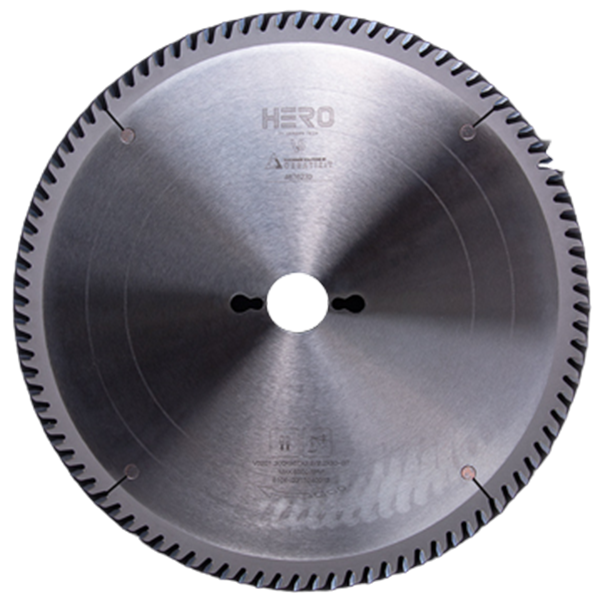 TCT Saw Blade
TCT Saw Blade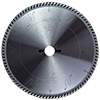 HERO Sizing Saw Blade
HERO Sizing Saw Blade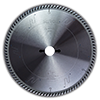 HERO Panel Sizing Saw
HERO Panel Sizing Saw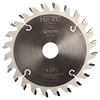 HERO Scoring Saw Blade
HERO Scoring Saw Blade HERO Solid Wood Saw Blade
HERO Solid Wood Saw Blade HERO Aluminum Saw
HERO Aluminum Saw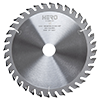 Grooving Saw
Grooving Saw Steel Profile Saw
Steel Profile Saw Edge Bander Saw
Edge Bander Saw Acrylic Saw
Acrylic Saw PCD Saw Blade
PCD Saw Blade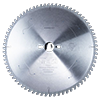 PCD Sizing Saw Blade
PCD Sizing Saw Blade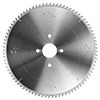 PCD Panel Sizing Saw
PCD Panel Sizing Saw PCD Scoring Saw Blade
PCD Scoring Saw Blade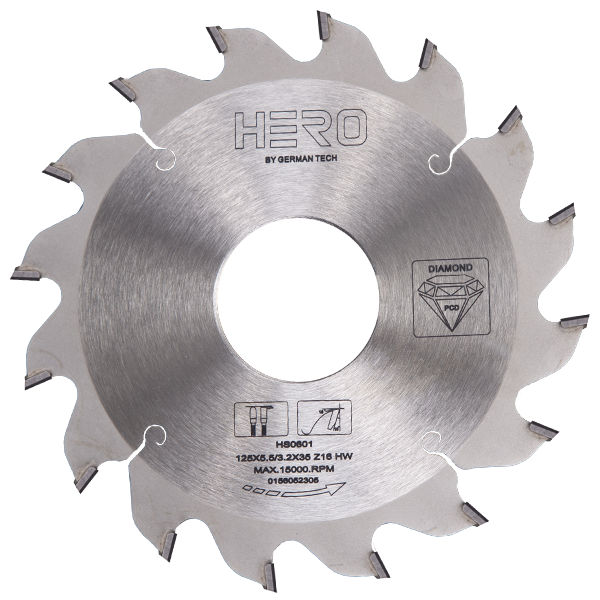 PCD Grooving Saw
PCD Grooving Saw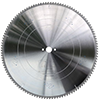 PCD Aluminum Saw
PCD Aluminum Saw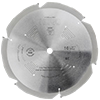 PCD Fiberboard Saw
PCD Fiberboard Saw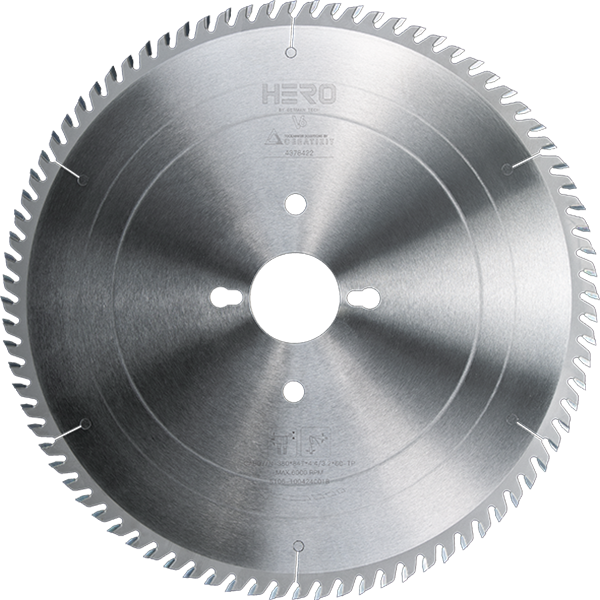 Cold Saw for Metal
Cold Saw for Metal Cold Saw Blade for Ferrous Metal
Cold Saw Blade for Ferrous Metal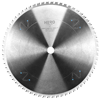 Dry Cut Saw Blade for Ferrous Metal
Dry Cut Saw Blade for Ferrous Metal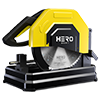 Cold Saw Machine
Cold Saw Machine Drill Bits
Drill Bits Dowel Drill Bits
Dowel Drill Bits Through Drill Bits
Through Drill Bits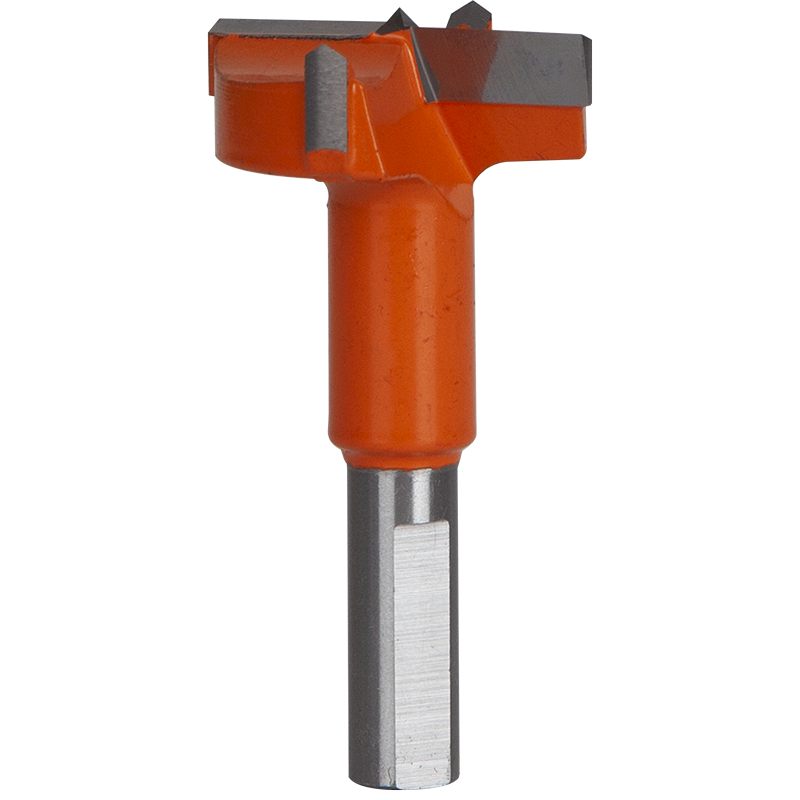 Hinge Drill Bits
Hinge Drill Bits TCT Step Drill Bits
TCT Step Drill Bits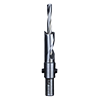 HSS Drill Bits/ Mortise Bits
HSS Drill Bits/ Mortise Bits Router Bits
Router Bits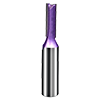 Straight Bits
Straight Bits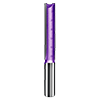 Longer Straight Bits
Longer Straight Bits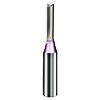 TCT Straight Bits
TCT Straight Bits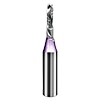 M16 Straight Bits
M16 Straight Bits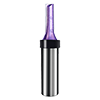 TCT X Straight Bits
TCT X Straight Bits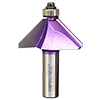 45 Degree Chamfer Bit
45 Degree Chamfer Bit Carving Bit
Carving Bit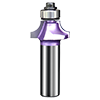 Corner Round Bit
Corner Round Bit PCD Router Bits
PCD Router Bits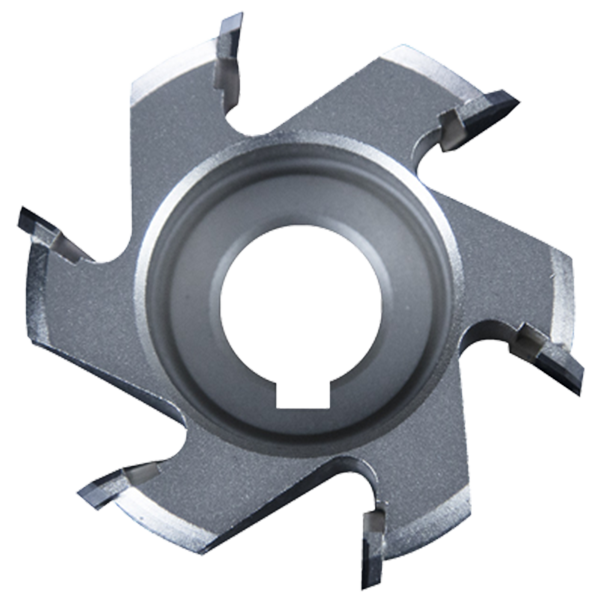 Edge Banding Tools
Edge Banding Tools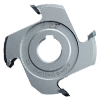 TCT Fine Trimming Cutter
TCT Fine Trimming Cutter TCT Pre Milling Cutter
TCT Pre Milling Cutter Edge Bander Saw
Edge Bander Saw PCD Fine Trimming Cutter
PCD Fine Trimming Cutter PCD Pre Milling Cutter
PCD Pre Milling Cutter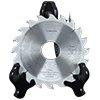 PCD Edge Bander Saw
PCD Edge Bander Saw Other Tools & Accessories
Other Tools & Accessories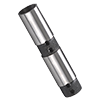 Drill Adapters
Drill Adapters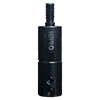 Drill Chucks
Drill Chucks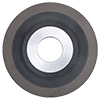 Diamond Sand Wheel
Diamond Sand Wheel Planer Knives
Planer Knives
